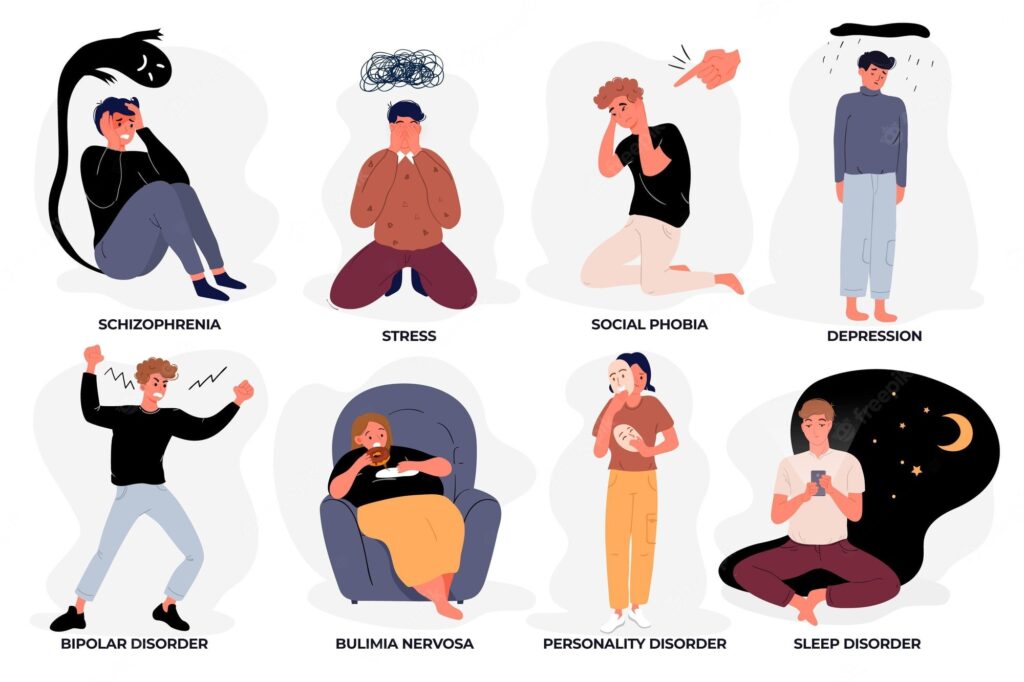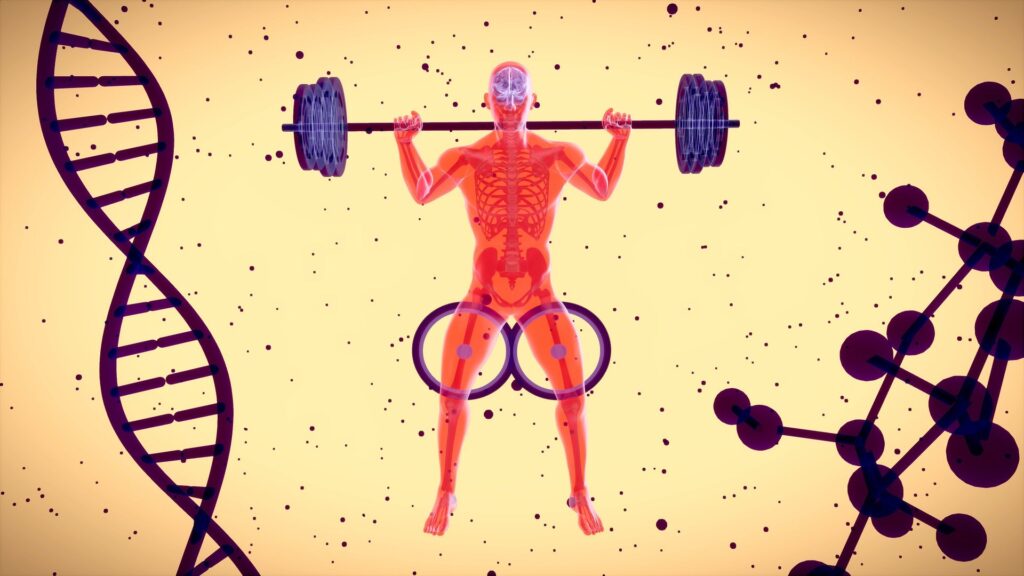The Benefits of Connecting with Nature and How We Can Use This to Our Advantage


By Robert G. Jesky, PhD | Jul. 1, 2022 | Behavior |
Have you ever wondered why you seem to be in the mood to do something for days on end, but then when you finally get around to doing it, you don’t really care about it? For example, you’re sitting on your favorite bench, watching the birds and waiting for the perfect moment to jot down your very first poem, but then, when the time finally comes, you can’t think of anything to write. Another scenario, you’re lying in bed, pondering over the intricacies of a new novel, but then, when you finally get around to actually trying to write, you can’t seem to get it right. Why is that? How do you explain the apparent randomness and aloofness of these moments? In this article, we’ll explore how nature can affect your mood, and how you can use this to your advantage. You see, these moments don’t just happen; they’re the result of the intricate relationships between our brains, the physical world, and our senses. If you’re wondering how the heck that’s even possible, let’s explore the influence nature has on your mood, and how you can use this to your advantage.
What Are Moods, Exactly?
Moods are a combination of your thoughts and feelings that are mostly influenced by the physical world around you. Your brain has an input for how it perceives the world, and moods can be either more positive or more negative. When you experience something negative, such as stress, anger, or sadness, your brain will start to create a negative thought pattern to help you deal with it. When you experience something positive, such as stress reduction, joy or curiosity, your brain will start to create a positive thought pattern to help you deal with it. When your thoughts and feelings are impacted by the physical environment, moods are generated. Moods are influenced by your thoughts and feelings, which are, in turn, influenced by your surroundings. Simply put, your brain’s perception of the world interfaces with the environment in a dynamic, interactive process that influences and generates our moods.
So how does nature affect your mood? It actually has a ton of influence on it. Natural weather patterns like rainstorms or snowstorms make people feel relaxed while beautiful sunsets can make them happy. Nature affects your mood because it can change your perception. When you look outside and it’s sunny, you likely feel good. That’s because while outside the sun triggers vitamin D release into your blood, which is a mood enhancer. Elevated levels of vitamin D can also help lower cortisol levels, which are responsible for stress responses. Vitamin D has been shown to improve mood and reduce depression. Moreover, through conjoined mechanisms involving omega-3 fatty acids, eicosapentaenoic acid (EPA) and docosahexaenoic acid (DHA), vitamin D regulates brain serotonin production. A key role for serotonin in the brain is to modulate serotonergic pathways that in turn control moods and serve as a powerful tool for high-level cognitive tasks. The influence of serotonergic pathways helps enhance or inhibit cognition, depending on how these pathways are regulated. Seeing as this can be modulated by vitamin D that is largely generated by sunlight hitting our skin, you can imagine the power of nature on our mood. So, now you know why when you spend time outdoors or even just look out a window at nature, it makes you feel better.
What is the influence of nature on your mood?
In nature, there are always things happening around you. You can hear the wind rustling through the trees, see a bumblebee buzzing past, and touch a cool blade of grass with your fingertips. These are all things that your senses can detect, and they’re all things that happen naturally in nature. When you experience something- like hearing the sound of a bumblebee or feeling the blades of grass against your fingertips- your brain will associate that sensation with an emotion. That’s because our brains react to these sensations as if we’re actually experiencing them ourselves. But it doesn’t just stop there!
Your brain also associates these emotions with memories, thoughts, ideas and more. For example: when you hear the sound of a bumblebee, you may take that back to a memory from when you were younger and saw your first bee up close. Or, when you feel the blades of grass against your fingers, you may think about how they feel different than blades of synthetic grass found at a public park or playground. This is because our brains don’t just look at one sense and remember one thing; our memories are woven together by many different sounds and sensations that we experience over time. So why does this matter? Why should this influence how we live? Well, this connection between our sensory perception and our mental state can be used to help us focus on natural tasks that seem mundane or difficult in other environments. By intentionally making our sensory experience more pleasant, we can encourage more productive and positive thought patterns. This is why a popular practice called “ sensory modality shifting ” can be so helpful for people with anxiety or depression. In sensory modality shifting, we intentionally shift our sensory experience from concrete (e.g., visual) to abstract (e.g., sensations like heat or touch). For example, rather than imagining a tree, you could instead imagine the scent of pine trees or the feeling of moss on a tree.
The Science Behind How Nature Affects Your Mood
The term “nature” is often used to describe things that are “outdoors.” Pretty straightforward, right? Of course, our definition of nature is a bit more complex. These days, our definition of nature also includes places that are man-made. When we think of nature, we often imagine thick forests, beautiful landscapes, and azure lakes. However, nature doesn’t always have to be mountains or lakesides. Nature can also be found within a city. For example, consider a city park or a public garden. These man-made places also have nature within them.
Our brains are constantly interacting with our physical surroundings regardless of whether we are standing in a forest or a local park. From the time we wake up in the morning to the time we go to bed at night, we’re absorbing all sorts of information from the environment around us. For example, if you woke up and looked out your window to see a beautiful blue sky, your brain would register this as feeling happy or relaxed. But if you woke up and looked out your window to see dark clouds and pouring rain, you might feel pessimism or melancholy instead.
This information is processed by our brain and interpreted as moods. This is why we feel the way we do. It’s not that our genes determine how we feel. It’s how we interpret what we perceive. This is true not only of the information we receive in the immediate context, but also of the information that we receive from the media. This happens consciously or unconsciously. So, whether or not you’re aware of it, the things you see and hear influence how you feel. Now that you know how nature affects your mood on a day-to-day basis, let’s explore a couple simple examples of how you can use this knowledge to your advantage.
How do you feel when you’re in the mood to write?
This question might seem silly, but it actually gives us a lot of insight into the sway nature has on our mood. Whether you’re in the mood to write or not, your answer can tell us a few things about you. If you feel relaxed and peaceful when you think about sitting down and writing, your brain may be sensitive to calming scents like lavender. These scents have been shown to lower stress levels, making them an excellent way to combat anxiety, frustration, and irritability. Lavender has also been shown to help with insomnia, likely via its capacity to modulate inhibitory GABAergic neurotransmission.
If you’re feeling excited when you imagine yourself sitting and writing, this may mean that just the thought of this activity has triggered excitatory stimulation of a memory center in your brain that holds a memory of an event that previously brought you happiness. Our brains are wired to want novelty and new experiences, so they crave variety and stimulation. You see this in many people who are constantly striving for new heights in their personal development and careers; they push themselves because they know that growth comes from challenges. If you’re feeling anxious when thinking about writing, this is probably because your brain is nervous about potential failure or rejection. If this sounds like you, fear not! The next time you feel anxious about writing something down (or anything for that matter), try using aromatherapy as a form of self-care and little hack by burning lavender candles or wearing lavender oil around your neck for a bit before taking on the task at hand. Hopefully these insights help illustrate how we can use these moments as a cue for personal introspection time.
How do you feel when you’re in the mood to create?
If you’re in the mood to paint, for instance, your brain is probably releasing dopamine, which is a neurotransmitter that plays an important role in motivation. Dopamine also plays a part in reward-seeking behavior. Dopamine release is triggered by the presence of certain stimuli. It’s worth noting that dopamine release isn’t limited to the simple act of starting something new. It can happen when you smell something that reminds you of a recent memory, see something that inspires you, or experience something that makes you feel valued. In the context of art, when you walk into a new studio, the sight of a new canvas and vibrant colors, or the smell of paint can send spikes of dopamine through your brain.
Dopamine release can also occur in certain states of mind, and you can take advantage of this to enhance motivation and increase your productivity. Using the effects that being in nature has on your mood is a simple yet effective brain hack. Spending time in nature provides a strong sense of peace, quiet, and calmness, tranquility and joy, couple that with the fragrant scents, and refreshing sights of natural wonders and you have created a fantastic array of stimuli that will generate pleasurable sensations. All of which will trigger dopamine release. This can make it easier to come up with new ideas or ways of doing things and help you tackle creative projects. So, if you need to power through writing an essay or novel, video game programming, or painting the next Picasso, but find yourself feeling lazy, try getting outside into nature or at the very least Googling pictures of beaches and forests to get inspired. Just remember, don’t forget to actually follow through with your project!
3-minute brain hack
A 3-minute brain hack is the act of taking a short break from your work to engage in a physical activity. This helps you regain your focus and be more productive. But what does this have to do with nature? We’ve established that nature can greatly affect your mood, and that it’s important for us to get out into nature for our own well-being. What then, is the connection between these two things? There are two basic ways that nature can influence your mood: (1) Through direct stimulation of your senses, such as the visual or auditory stimulation of a beautiful view or a relaxing walk, nature can increase your sense of well-being and enhance creativity; and (2) Nature affects our mood by triggering our emotional memories, offering us a chance to rebuild connections with these memories giving us new clarity and insight, which together allow for new neural connections of seemingly disparate ideas.
Conclusion
There are many reasons why getting outdoors could help improve your mood. For starters, being outside gives you a chance to take in some much-needed Vitamin D. This is an essential nutrient for our bodies and mood enhancer. Moreover, vitamin D is an essential for production of brain serotonin. And, serotonin has been shown to regulate feelings of anxiety, pleasure, and mood in the brain. Low levels of this neurotransmitter can contribute to feelings of stress, anxiety, and depression, so it’s important to get enough. Next, being outside in nature can trigger the production of one of our body’s most important neurotransmitters: dopamine. This hormone helps regulate the brain’s reward and pleasure centers, so when you’re in a natural environment, it can help boost your mood by increasing feelings of well-being and happiness.
As I touched on, when we’re in the mood to write, paint, and create we can find ourselves inside a place of solitude and focus and these instances are brought about because our mood changes, influencing what we do. Nature is a great mood booster. It helps us feel calm and content, which is why it’s important to get out into places of natural beauty.
Not only does natural light make us feel more energetic, but it also impacts our mood in other positive ways that can help reduce stress and anxiety, increase our feelings of well-being, and boost concentration levels. Going outside in nature can change your brain’s electrical signals, increasing blood flow to the prefrontal cortex, the part of the brain responsible for self-awareness and decision-making. This in turn leads to a greater sense of well-being. Spending time in a garden, walking in a forest, looking up at the stars, or being in the ocean all have a similar effect. So next time you’re looking for inspiration or just wish to clear your mind, take a stroll through the green. You’ll get far more than just a change of scenery.

Robert G. Jesky, MMed., PhD
Robert is a neuroscientist, lecturer, science educator, athlete, and musician, who has dedicated his life to studying the intersection between brain function, nutrition, and health and wellness. He is committed to equipping others with vital information about health promotion and disease prevention.
Robert is keen to bridge the gap between the scientific community and the public at large by sharing cutting-edge brain health and evidence-based science that helps broaden people’s understanding of how their brains work and what they can do to maximize their potential.






Responses